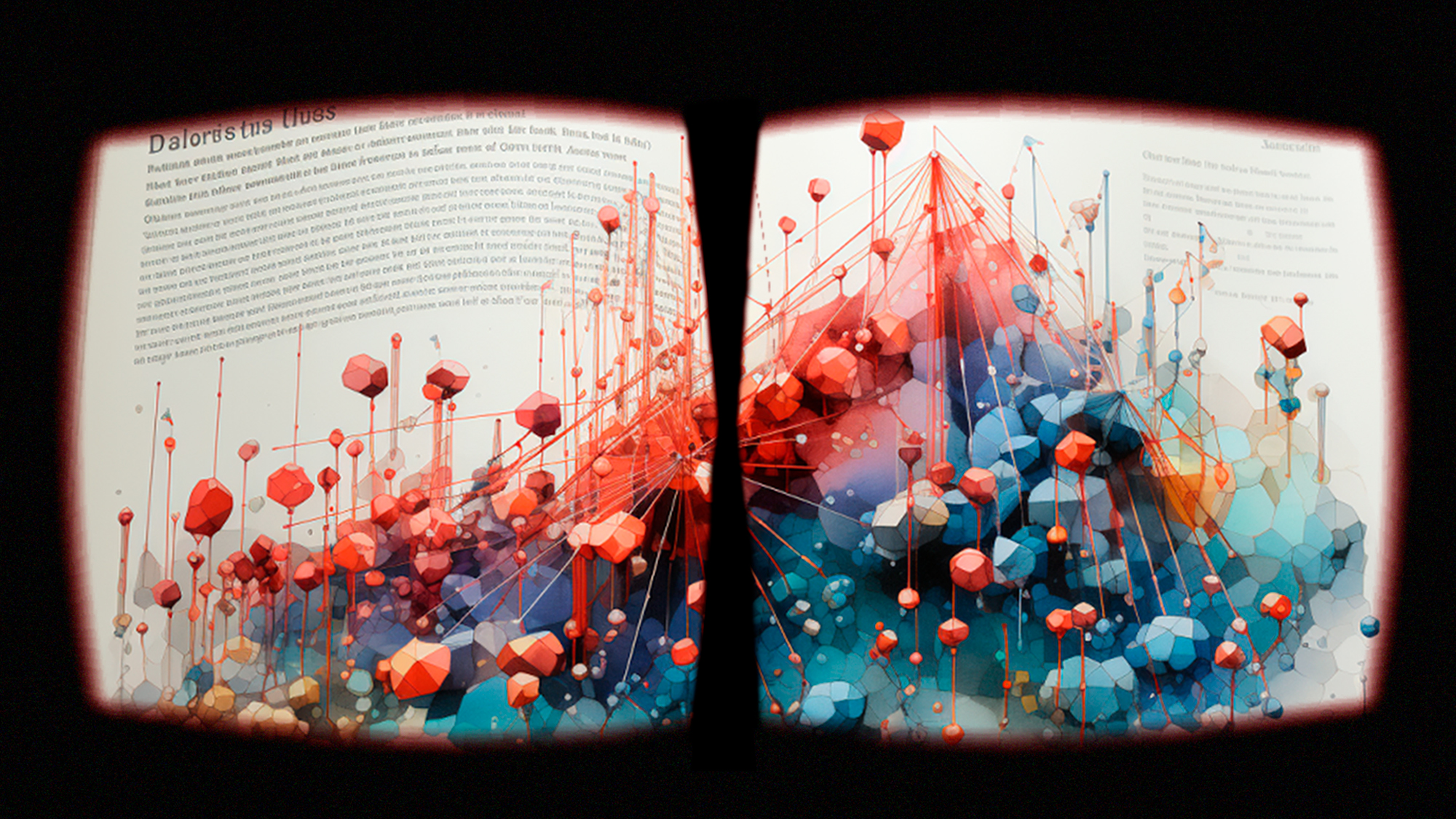As the virtual world is becoming increasingly integrated in education with the metaverse, artificial intelligence plays a crucial role in optimizing that experience via learning analytics, which, in general, provides educators with relevant information on student behavior and educational trends. The technology not only helps educators evaluate their teaching methods but also visualize the requirements of their students and, consequently, can personalize and modify the educational process for the specific needs of each student. And now that students are increasingly learning and interacting in virtual environments, the concept of metaverse has grown. For example, a McKinsey survey found that more than 20 percent of the population say that their future holds more time online exercising, working, reading, and shopping.
By employing metaverse technology, users can access a three-dimensional virtual space that reflects the real world where they are represented as a digital agent called an avatar and interact with each other by using devices like virtual reality headsets or computers. Students can use the virtual space to attend lectures and participate in simulations. They can also customize their experiences, choosing paths aligned with their interests and goals, collaborate and socialize with one another, and connect with peers, instructors, and experts around the world.
Though several online and virtual learning environments are available such as Zoom, Classroom, Moodle, Edmodo, Slack, and Microsoft Teams, the metaverse stands out due to its immersive and interactive nature that provides distinct advantages for leveraging AI and learning analytics. Overall, learning in the metaverse offers a dynamic and interactive platform that transcends physical boundaries, enabling individuals to acquire knowledge, develop skills, and explore new frontiers in a digital realm. This is achieved thanks to technologies and tools that collect and analyze data in the metaverse, such as sensors and tracking devices, virtual reality headsets, virtual reality gloves, augmented reality glasses and wristbands, communication and collaboration tools, learning management systems, and data analysis software and algorithms. It is important to note that the specific instruments will continue to evolve along with the metaverse.
AI and learning analytics algorithms are then applied to the collected information in order to help educators understand the hidden patterns and generate personalized reports and recommendations for both learner and instructor. Data that is collected from the metaverse virtual space includes details of the student’s interaction during the class hour, their participation in discussions, and their grades and performance in class tests and assignments. Along with that, when using various wearable devices, physiological data can also be collected that can be used to better understand the user’s mental and emotional state.
All of this data can be used to train several AI-based predictive models. For example, an AI-based system for the early prediction of at-risk students can be developed that uses the student’s information during class and notify the instructors about the low-performing students in the class. Also, AI-based technologies can be used to assess the level of difficulty in understanding a particular concept. A possible way to achieve this is to track their facial expressions, eye gaze, and body movements. This information combined with data collected from the metaverse can be used by the AI-based system to identify possible issues and offer possible solutions. Another example of the integration of AI and learning analytics can be the development of a peer assessment system for instructors. Students associated with integrated AI and learning analytics techniques can submit detailed feedback on a specific concept/class that will enhance the overall performance of the instructor during a class. Consequently, instructors can use AI-based automatic feedback systems that analyze students’ replies in a class, offer automatic feedback, and can change the level of difficulty of tests based on their performance in previous tests by employing natural language processing and machine learning. All said, learning analytics can provide relevant feedback based on the information collected from the metaverse data whereas AI can contribute to capturing and analyzing learners’ psychological states.
Despite several advantages of integrating AI and Learning Analytics in the metaverse, such as enhanced insight, personalized support, and continuous improvement in learning, the use of these state-of-the-art technologies comes with many ethical concerns. First off, the development of the AI-based system in learning needs an enormous volume of student information and it’s important to consider how all this information will be used by the AI-based system. The organization that employs such technology must ensure that data gathered during learning is only used for instructional objectives and to enhance student learning, but not used for surveillance or discrimination.
Pre-training is essential while including such a system in regular classrooms.
It is also important to address the privacy and security of personal information, primarily so that it will not, under any conditions, be compromised. For example, by setting up effective data protection procedures, having informed consent, and abiding by all applicable privacy laws – and to make the AI-based system bias-free, educators must monitor and access the system at regular intervals. One of the major limitations of employing an AI-based learning system is that it requires a certain level of skill and expertise from the faculty, staff, and students. Hence, pre-training is essential while including such a system in regular classrooms. The current learning and instruction procedure adopted by the current education system may make it difficult to integrate and need time to adopt.
The incorporation of AI in the metaverse and learning has much potential for enhancing educational opportunities and raising the quality of learning. Massive volumes of data may be processed and analyzed by AI-driven algorithms, yielding insightful information about student behavior, individualized learning paths, and early interventions. To ensure the ethical and efficient use of AI in learning analytics, it is essential to continually address the issues connected to data protection, ethics, bias, skills, and integration. The entire potential of learning analytics in the metaverse can be unlocked by educators by using AI responsibly and ethically, thereby opening the path for a more individualized, interesting, and successful educational system.
© IE Insights.











